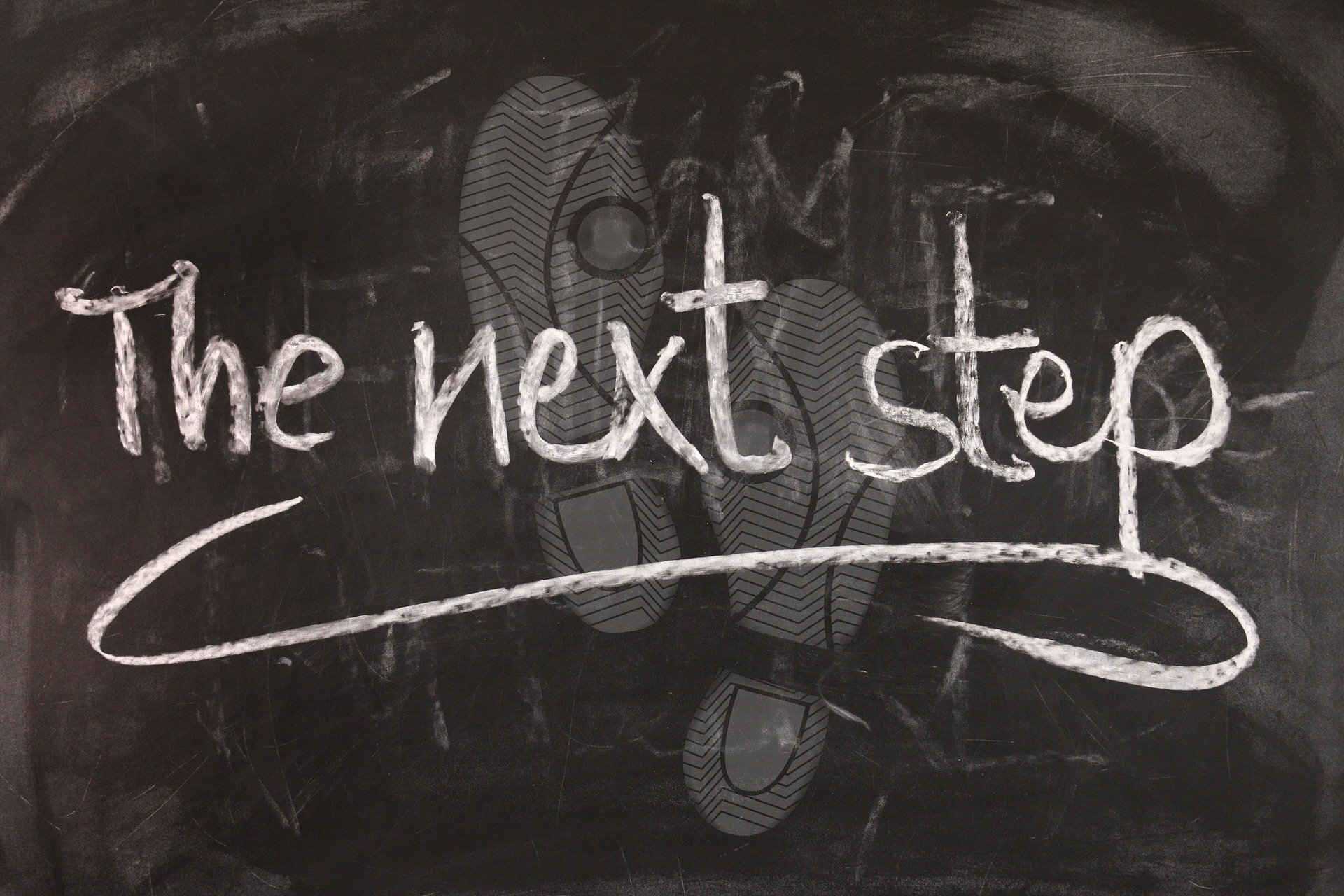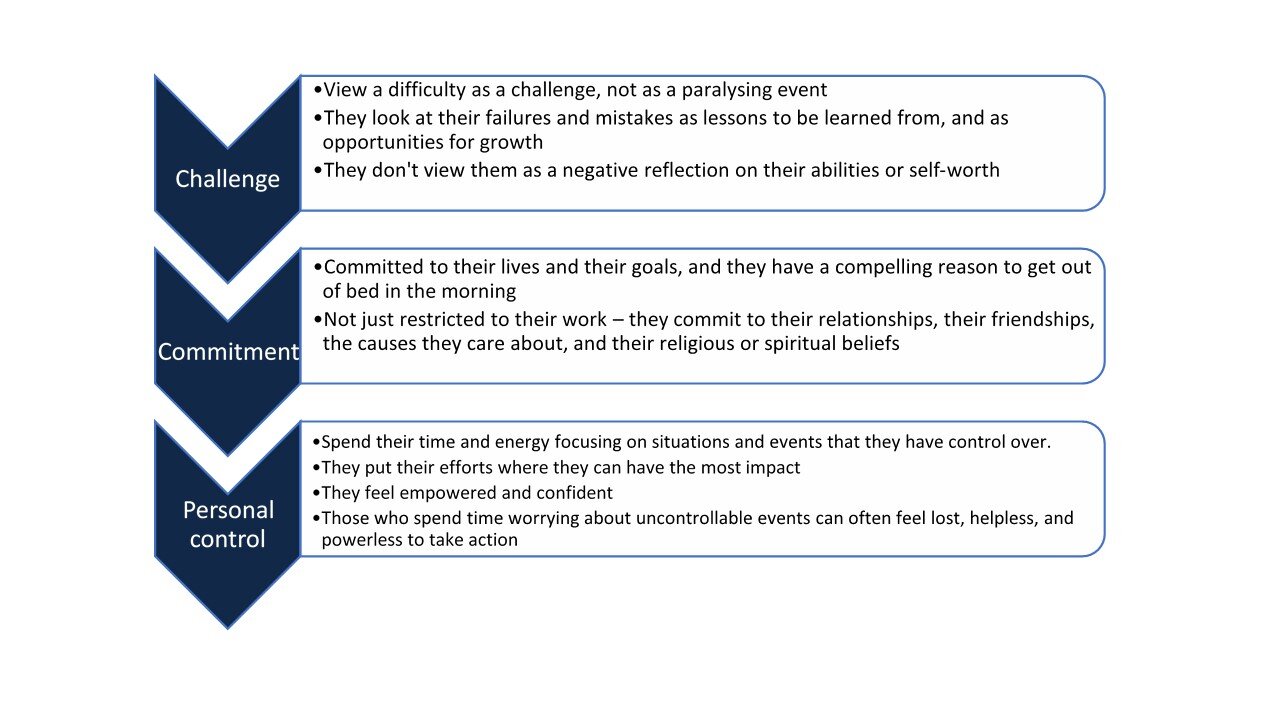Change is a constant
Change has been on everyone’s mind over these last fifteen months. Looking back, wondering how life had changed so much and so quickly. Then looking forward as we prepare for changing environments as we approach the next milestone.
Preparing our families for change is difficult enough, but preparing entire workforces takes even greater thought and planning.
We were therefore delighted to be joined by Jayne Sanderson-Brown of FACT3 who is an expert on this subject.
Jayne’s advice is based on Kurt Lewin’s Three Stages model which was developed in the 1940s. Lewin’s approach is highly relevant today and is based on a framework for understanding the process of change known as “Three-Stage Theory” referred to as Unfreeze, Change and Refreeze.
Unfreeze
· Using the WHY develop a crisp, clear compelling message.
· Tailor the message to the WHO’s – some will be more impacted that others.
· Be clear on the WHAT and the WHEN change will have been successful. If there are phases, explain them.
· This requires team effort, so structured feedback is key.
· Fundamental change may require a breakdown of current cultural values – which will rock the very foundations.
· Challenging these will evoke strong reactions and will unbalance everyone BUT in forcing the business to re-examine its core, you create a controlled crisis and out comes a strong desire to get some equilibrium again and buy in to a new world.
Change
· After the shock and uncertainty – people are driven to look for new ways.
· They accept that the old world has gone, and they create a new one.
· BUT it will not happen overnight – people need time.
· Reinforce HOW the change will benefit them and make them feel connected to it and in control.
· Intense recovery will be needed for those more damaged than others.
· Time and communication are two key elements.
Refreeze
· With the speed of change, it could be argued that this phase isn’t needed however, without it, people don’t see the finish line and are stuck in transition.
· Solidify your new shape. Outward signs: a stable org chart, JD defined, meetings, KPI’s.
· Help them convert from the “storm” into the “norm” with consistency of messages and decision making in everyday life.
· A new sense of stability – employees feel confident and comfortable. It’s no longer “new”. Check “survivor syndrome”.
Jayne also talked about resilience. She referred to three vital components according to the work of Psychologist, Susan Kobasa.
The overriding message for us is that you should take time to talk to your teams. Some members of your team will be more affected by change than others, and some will worry more than others. Take time to work out who needs support and ensure you always encourage open and regular feedback.
If you want to know more about this subject please get in touch with Fact3 https://www.fact3.co.uk/.


